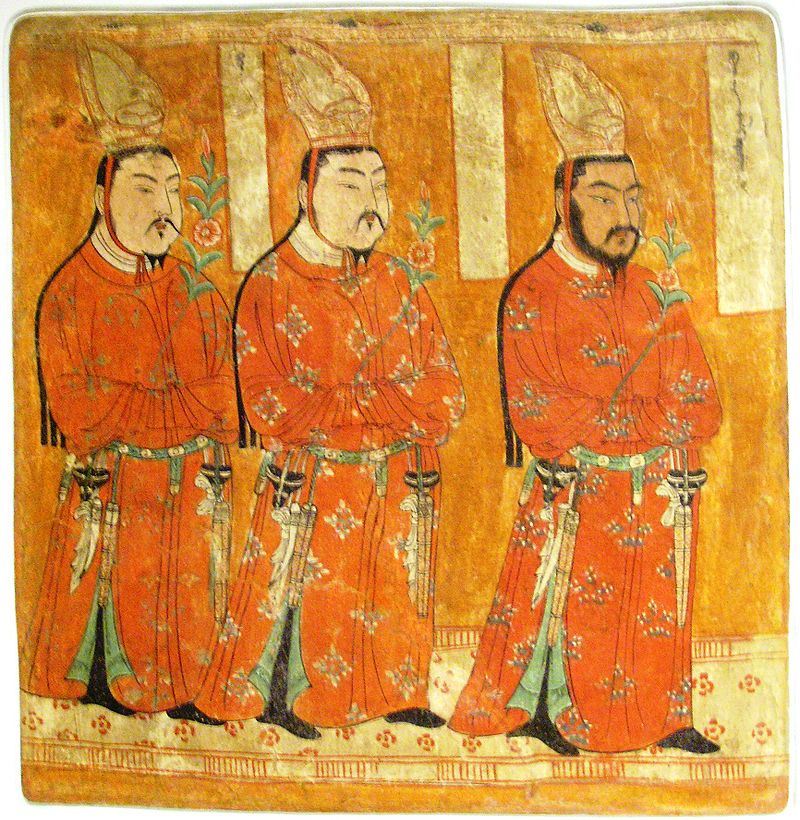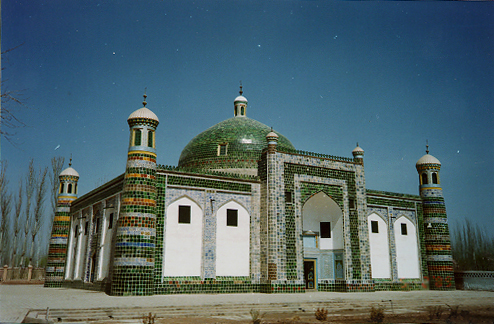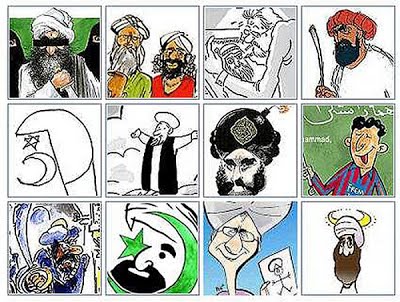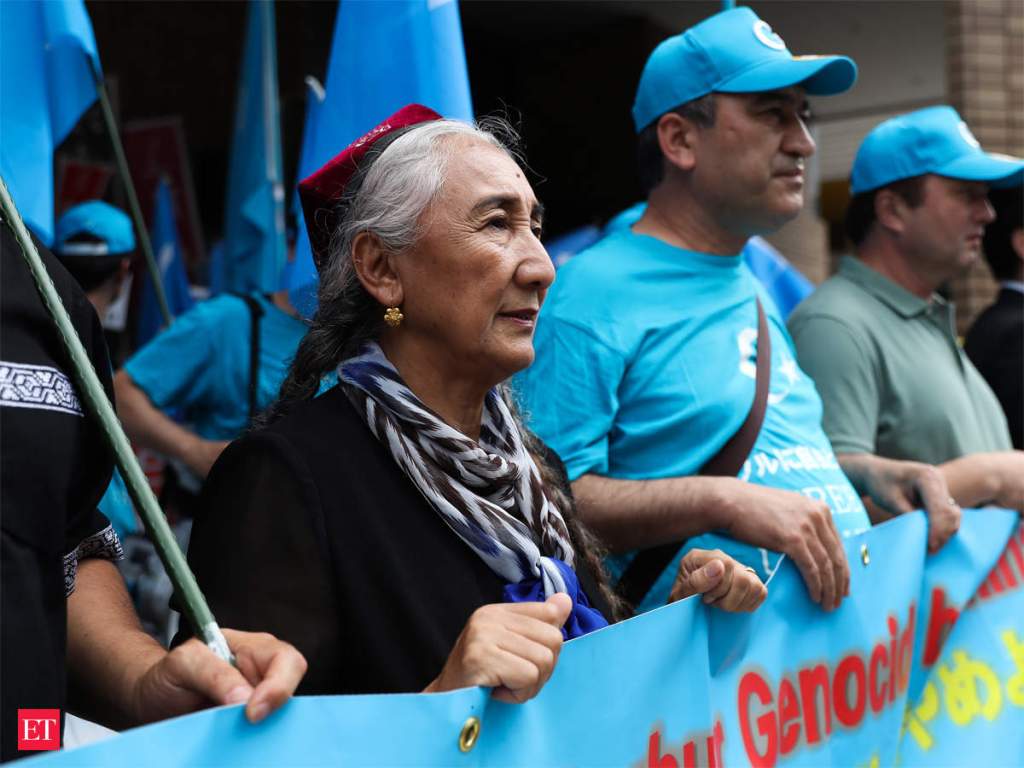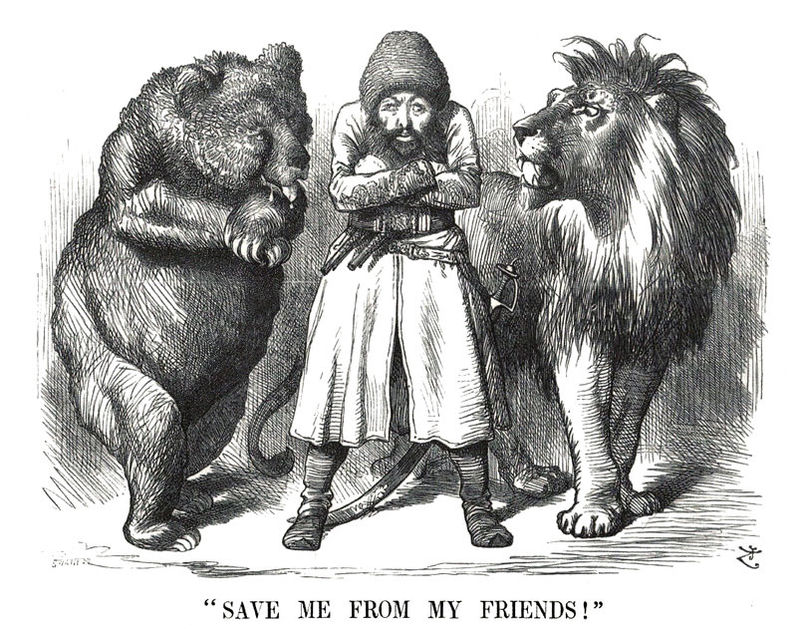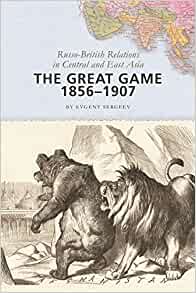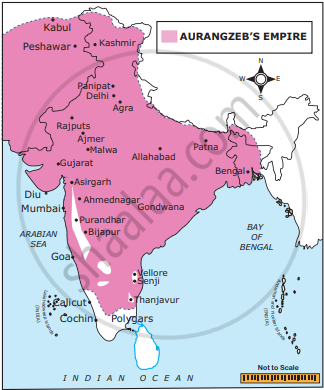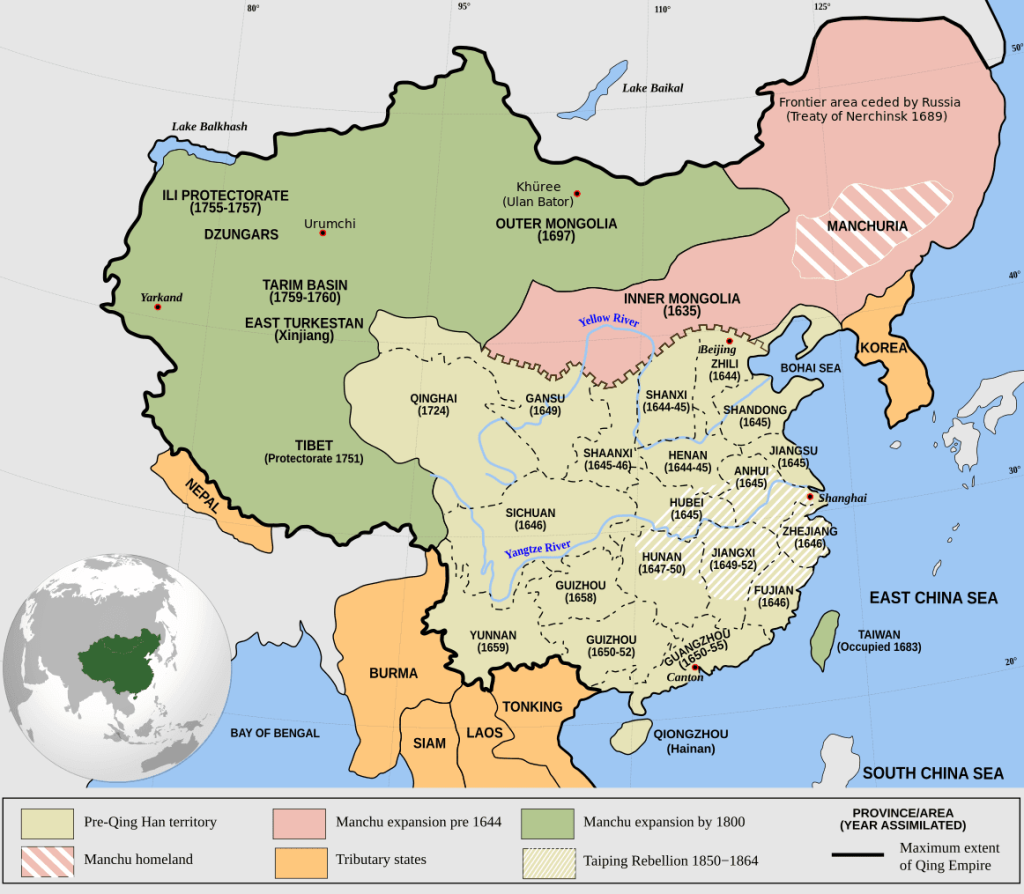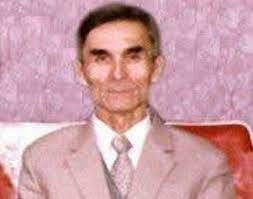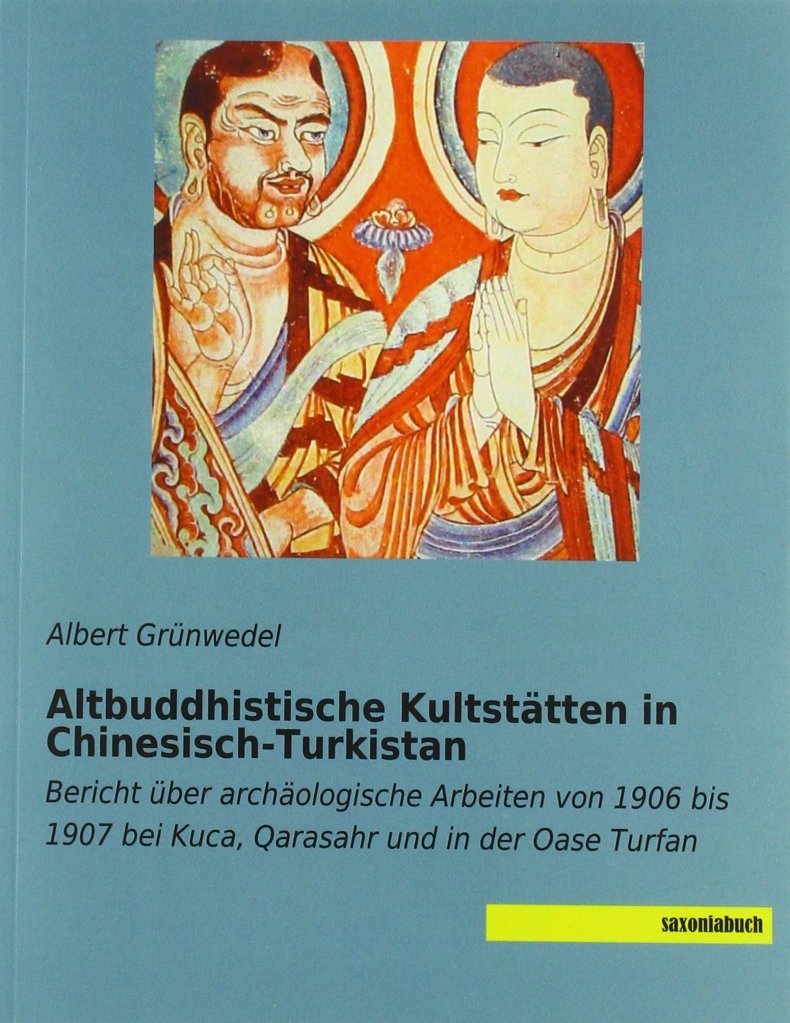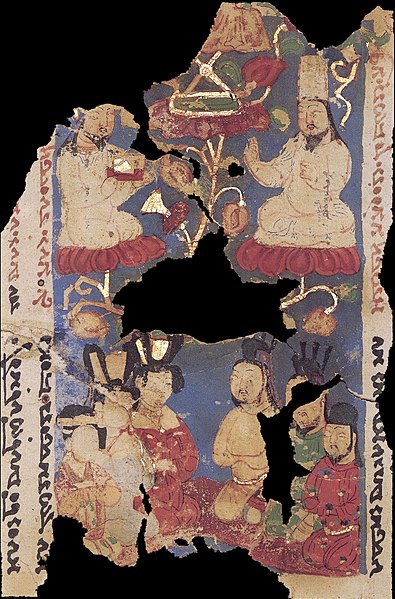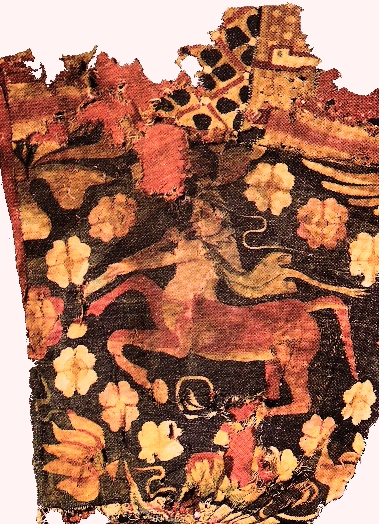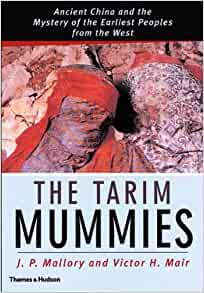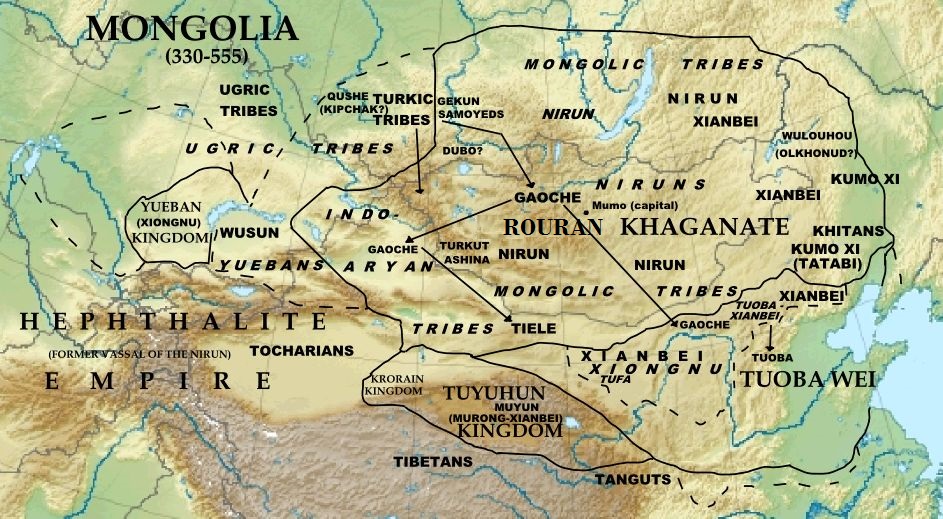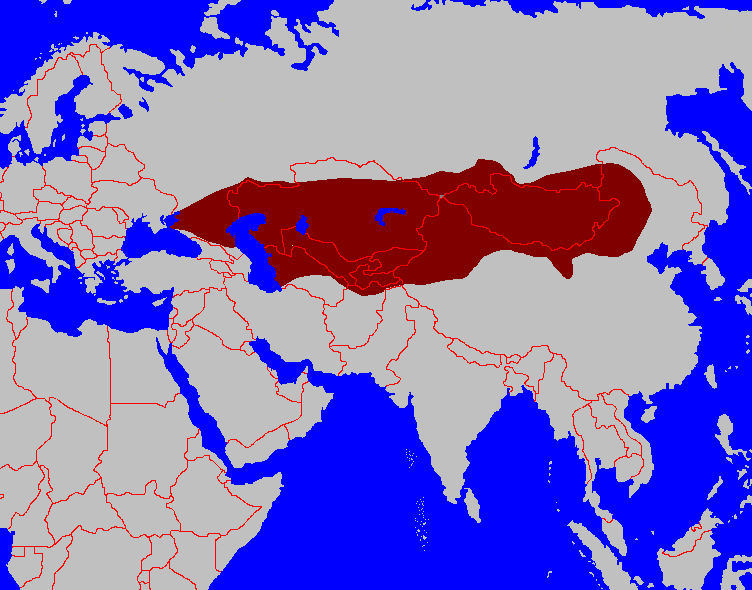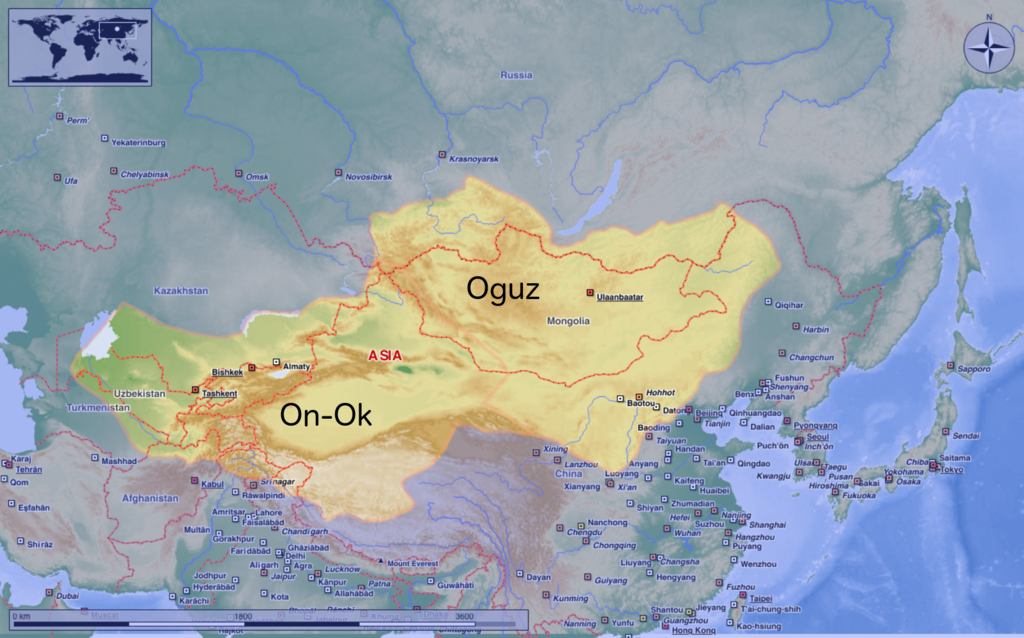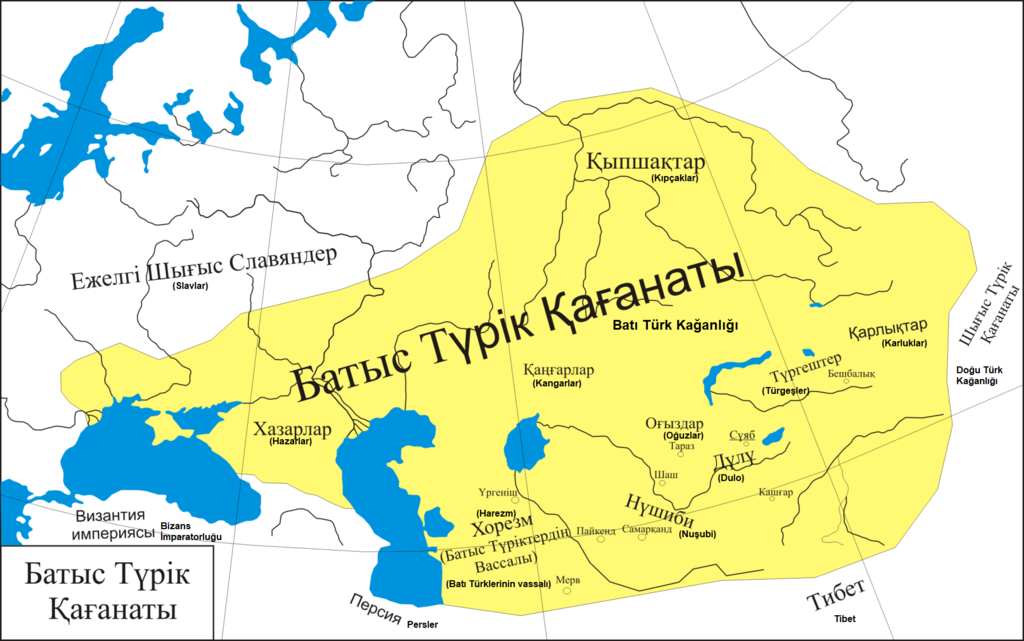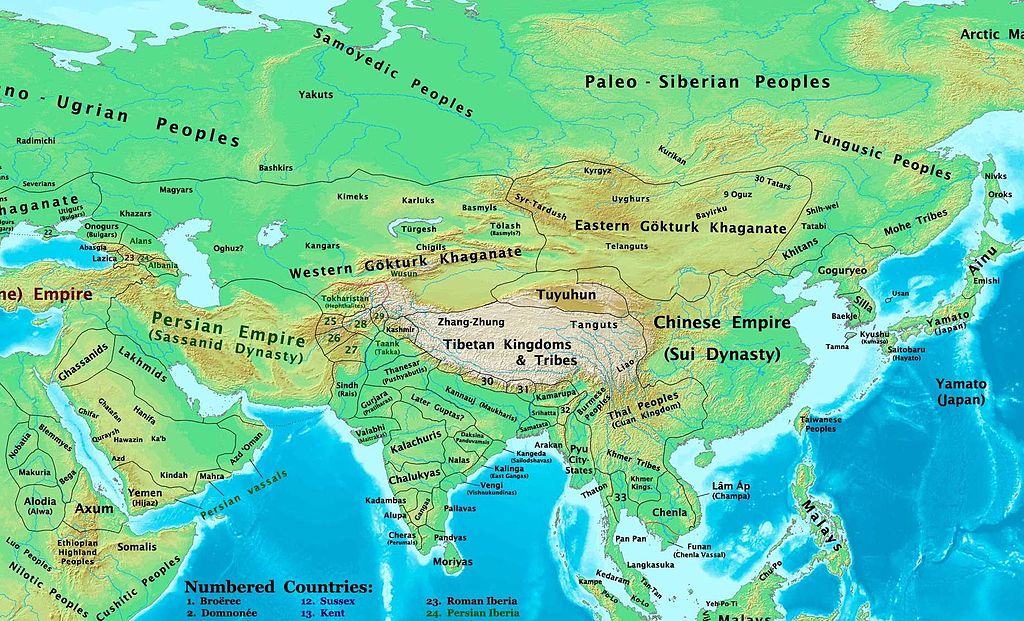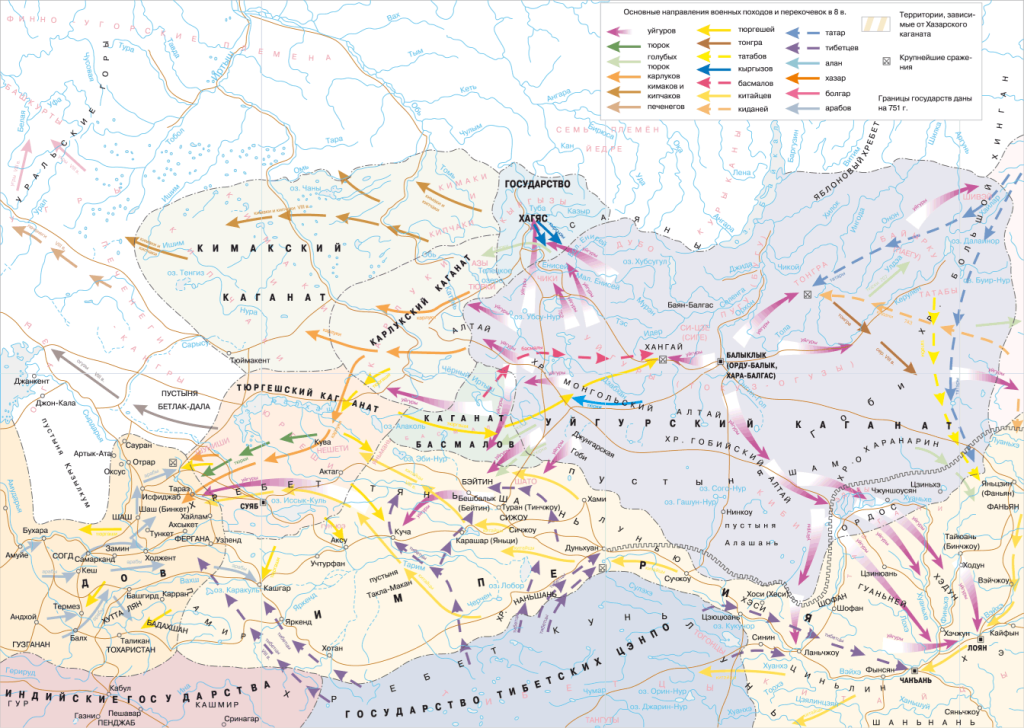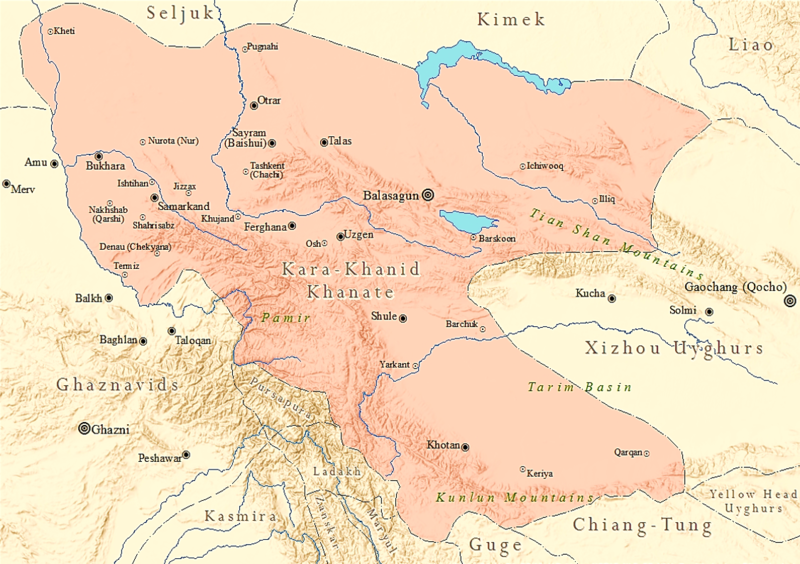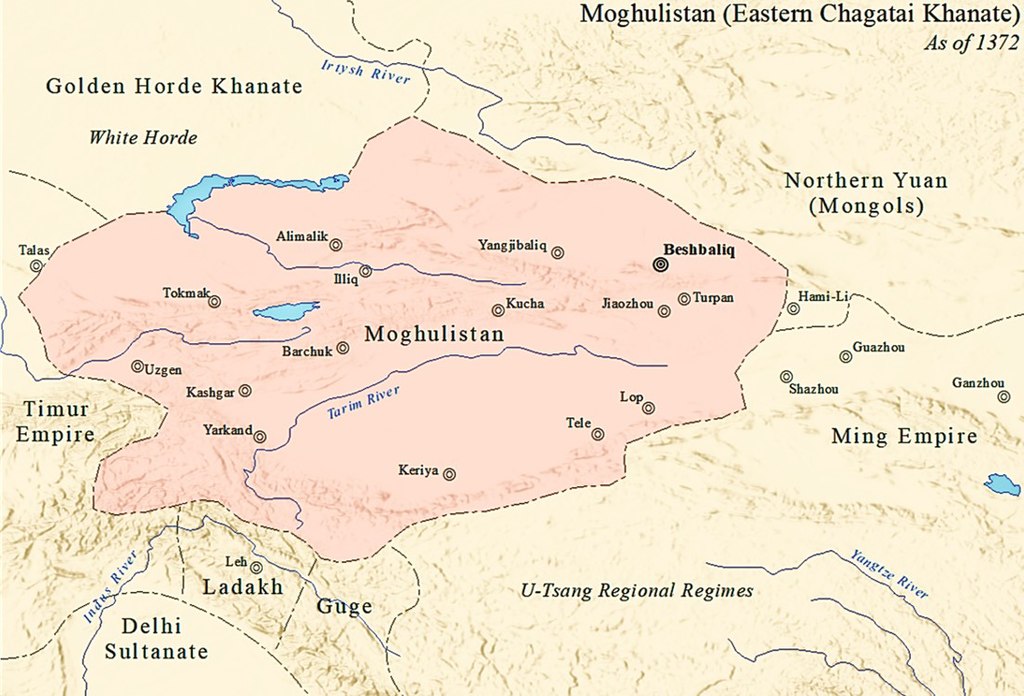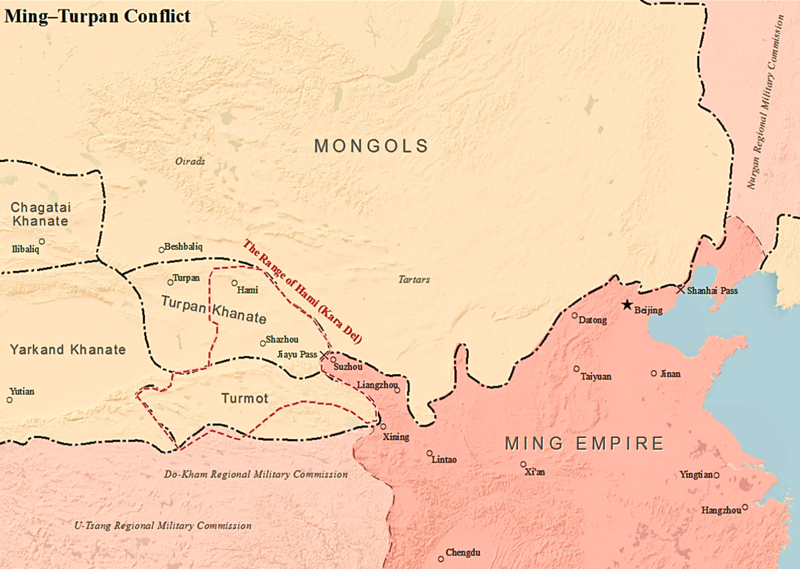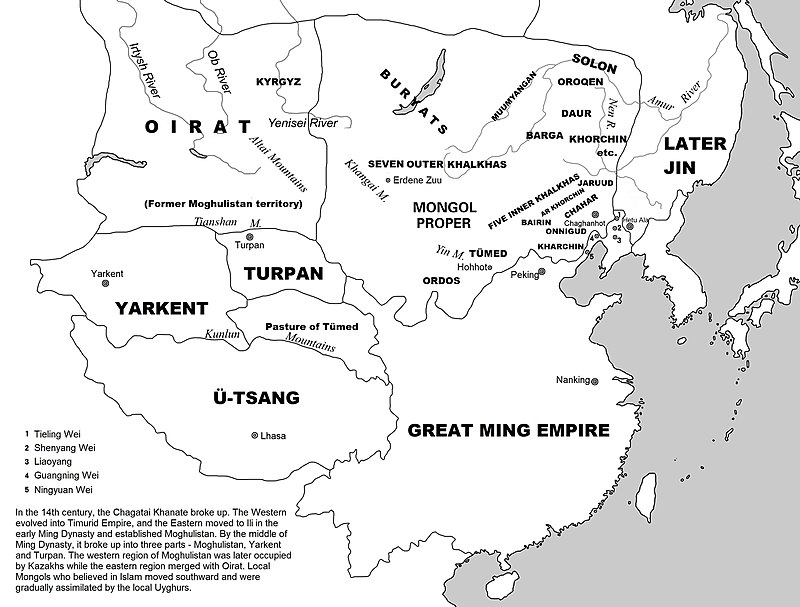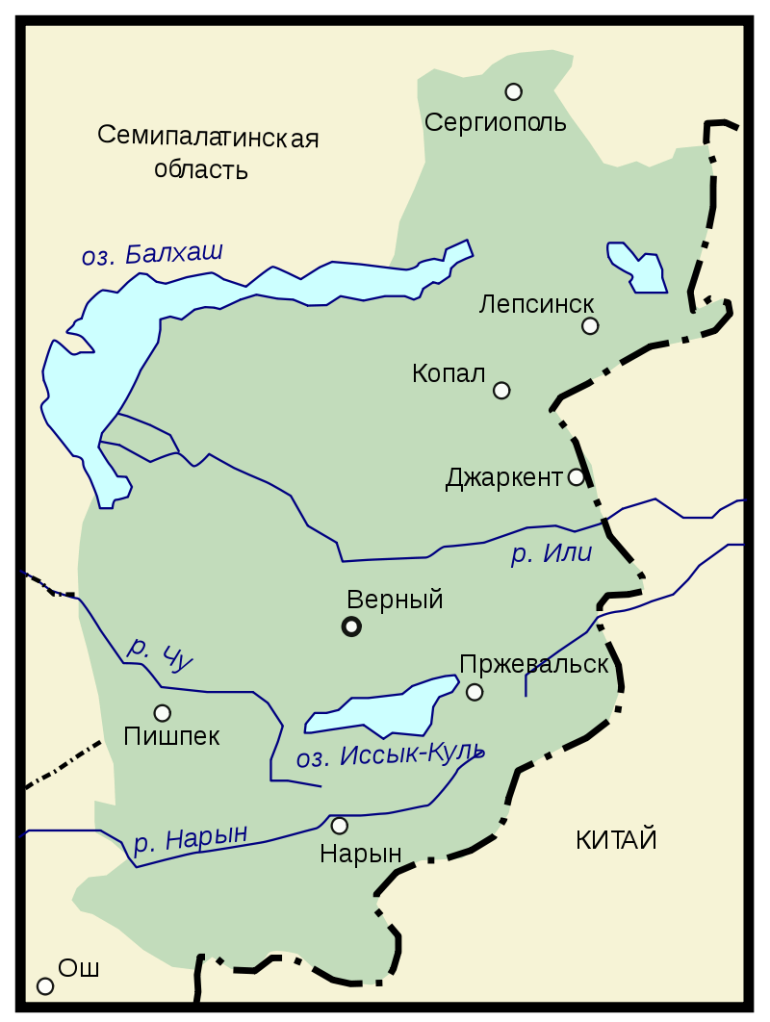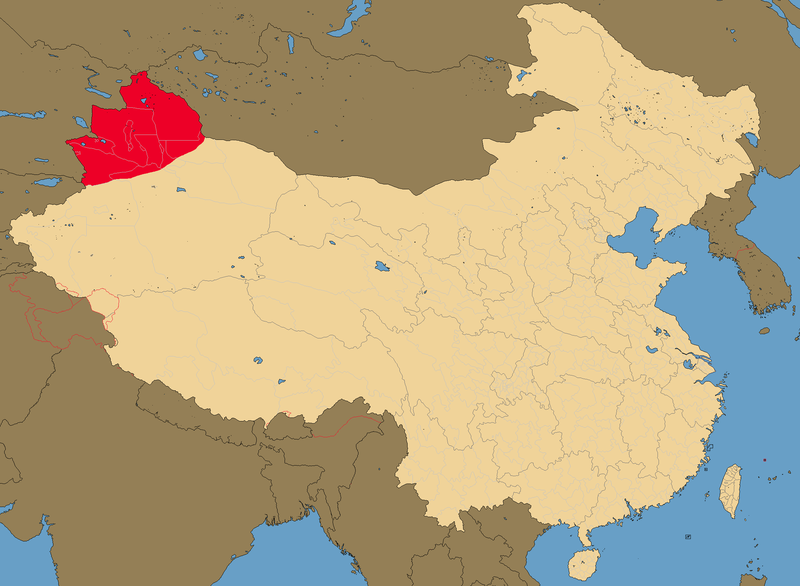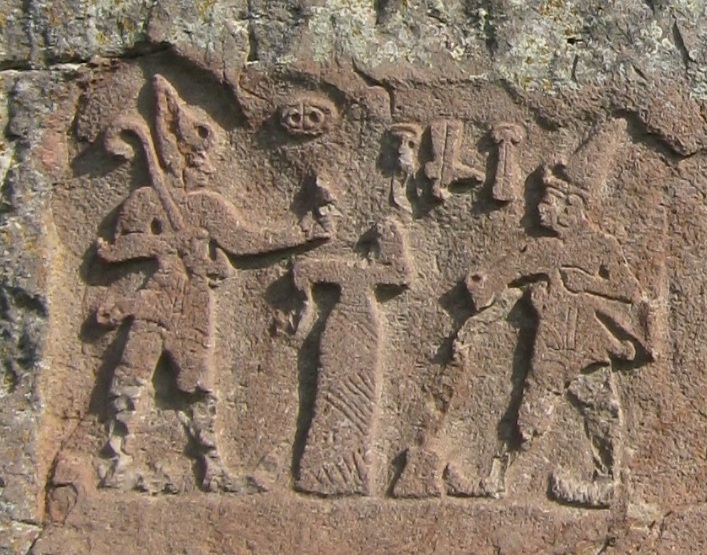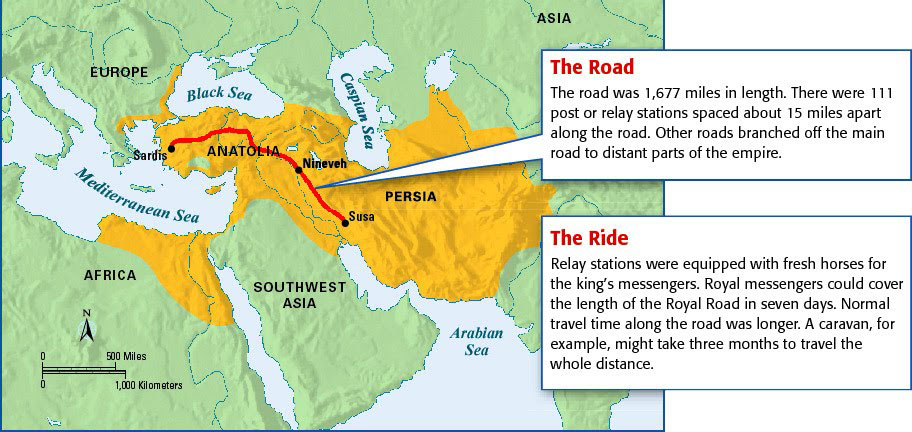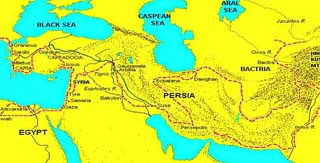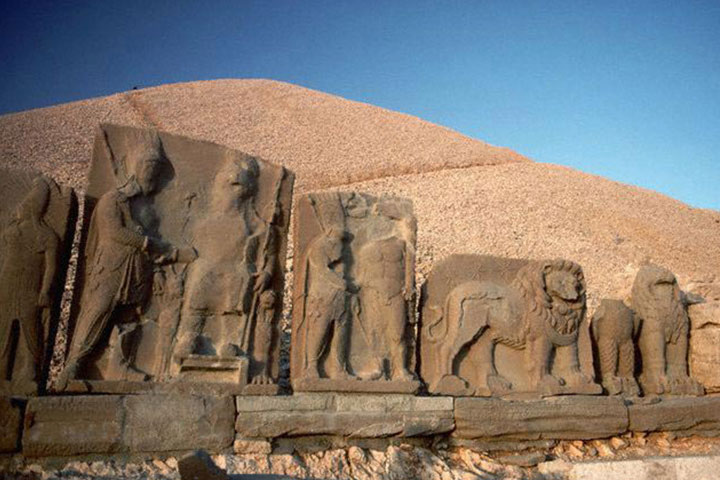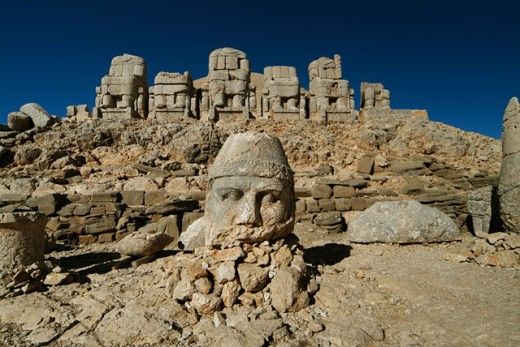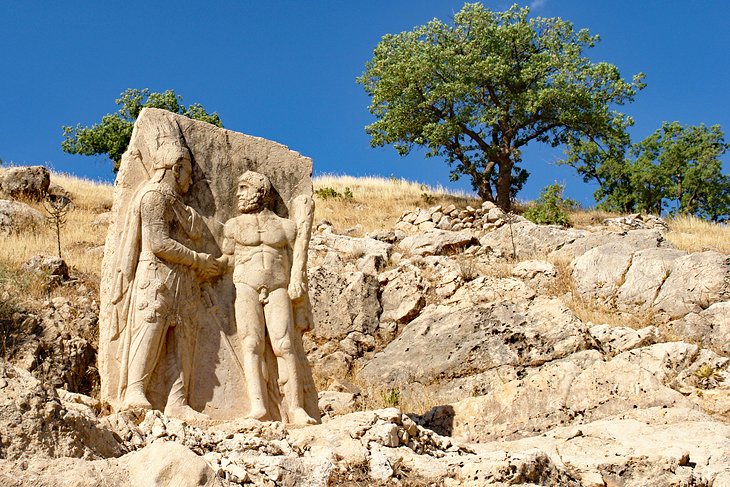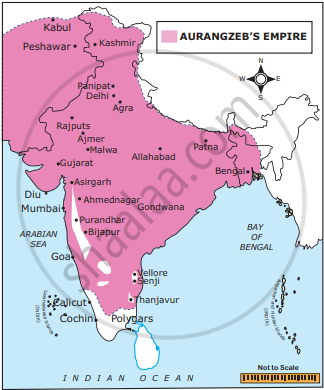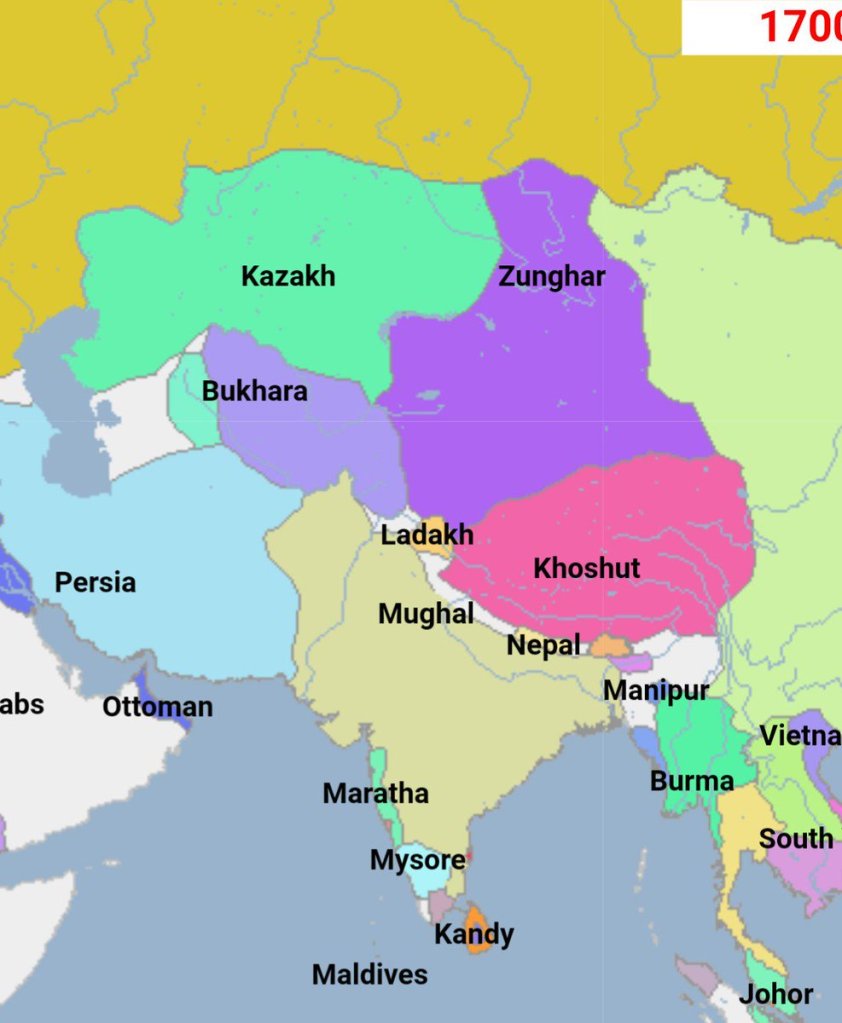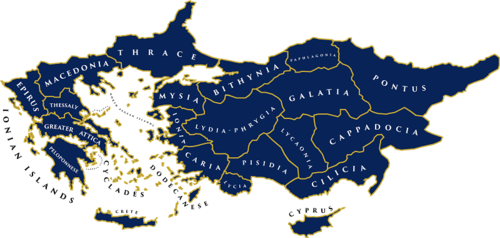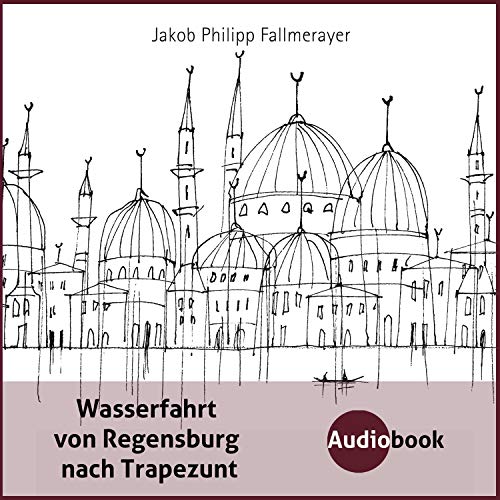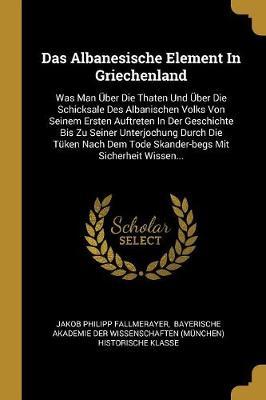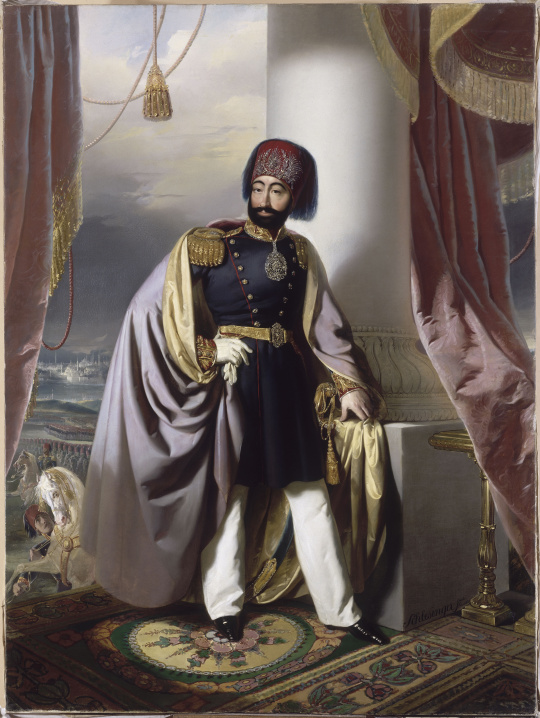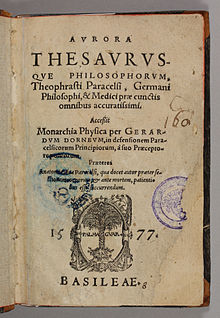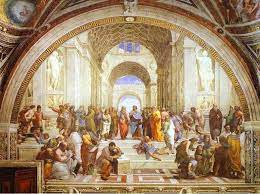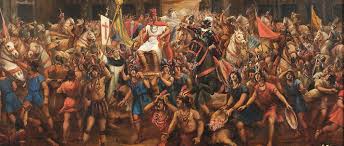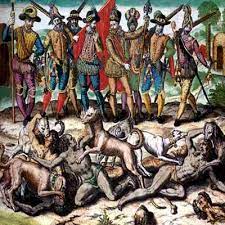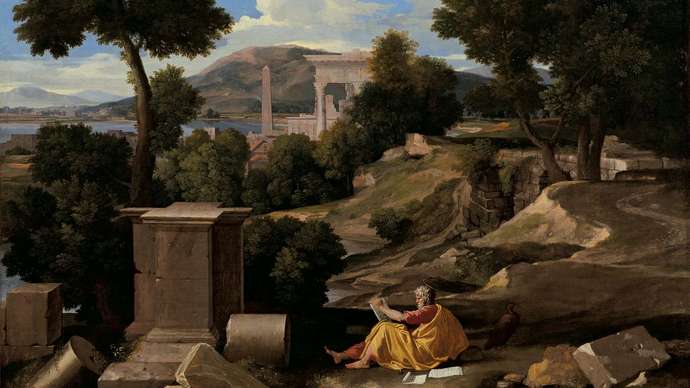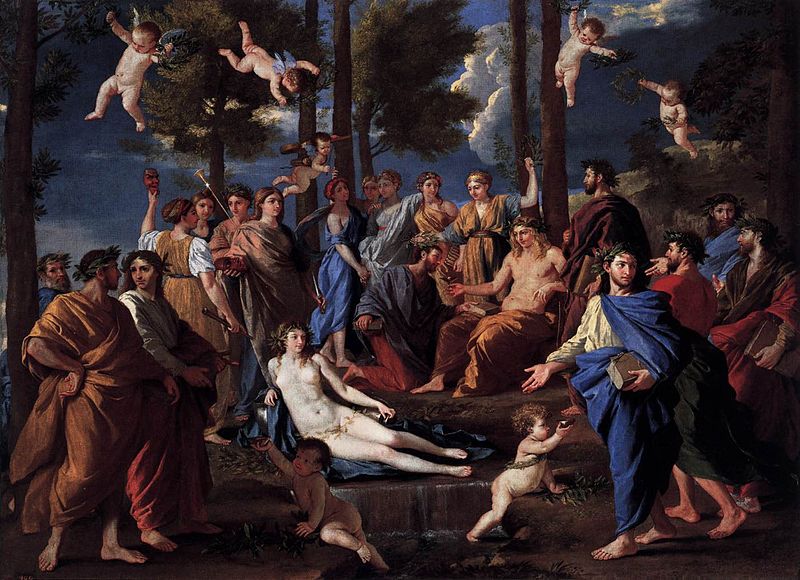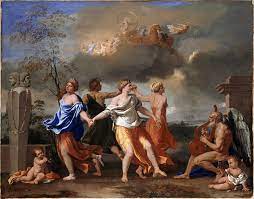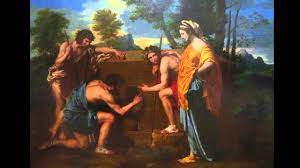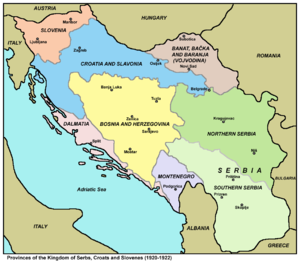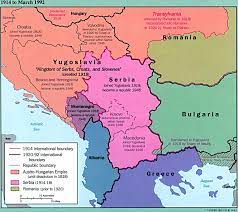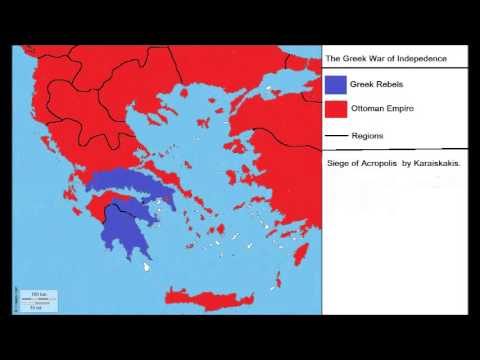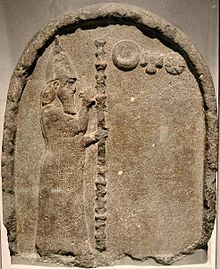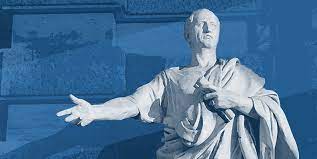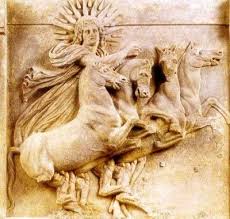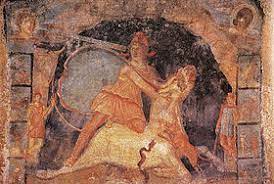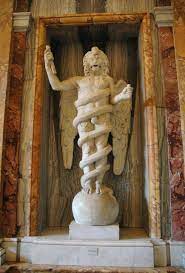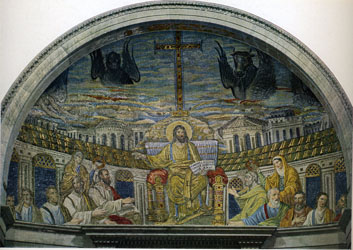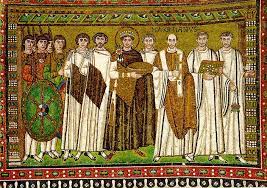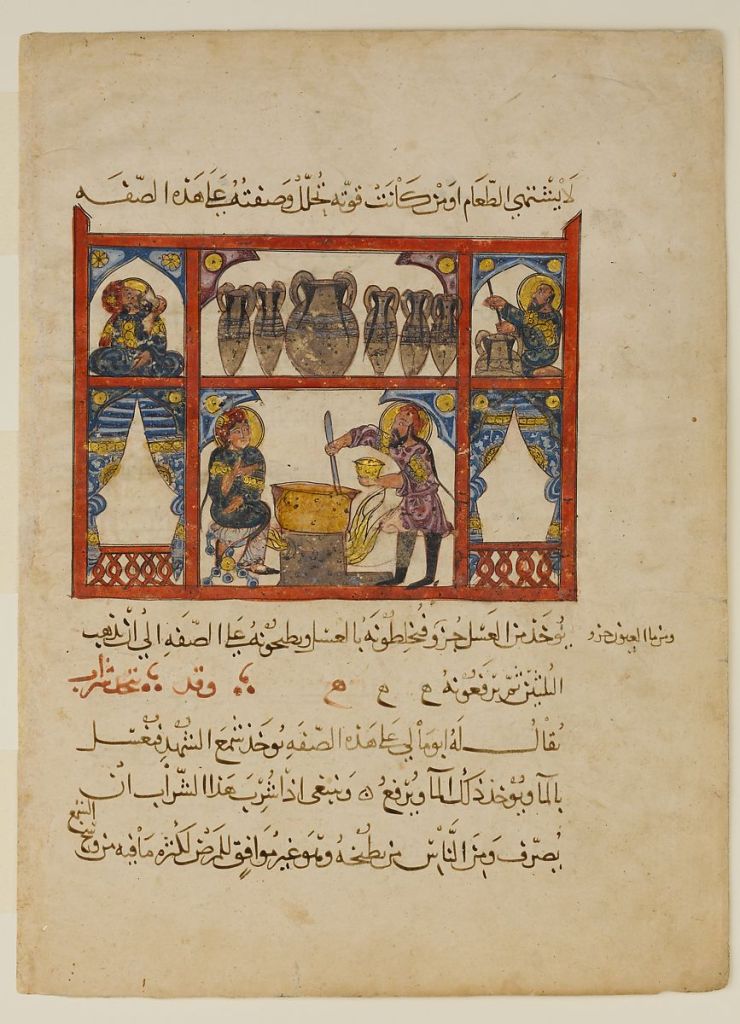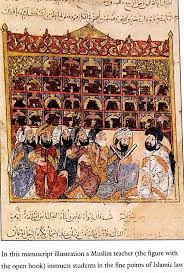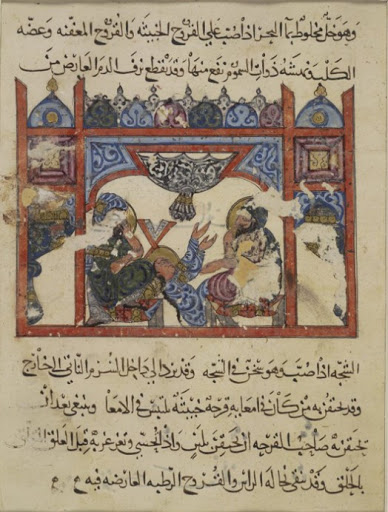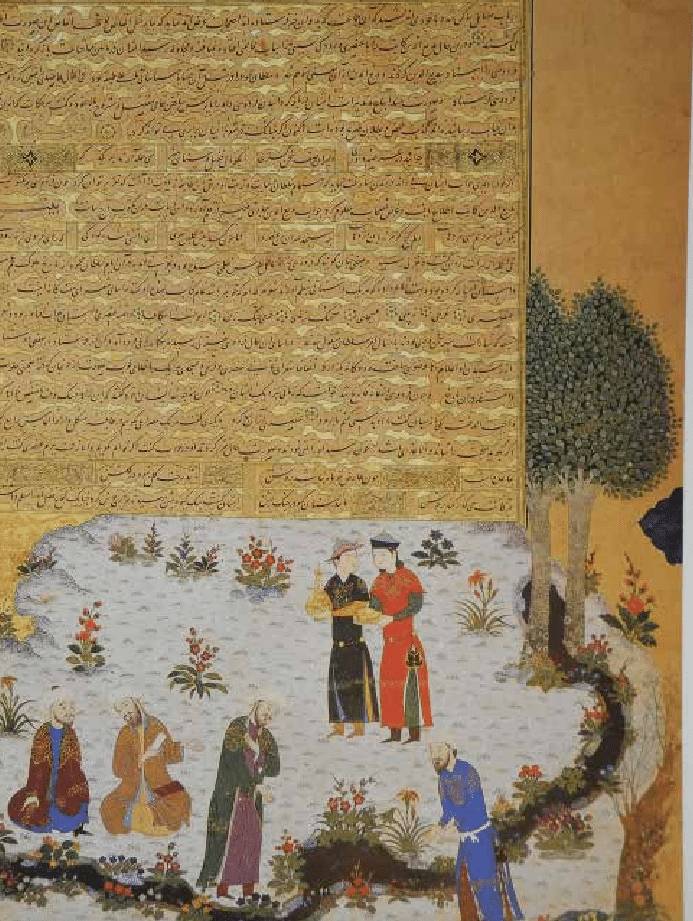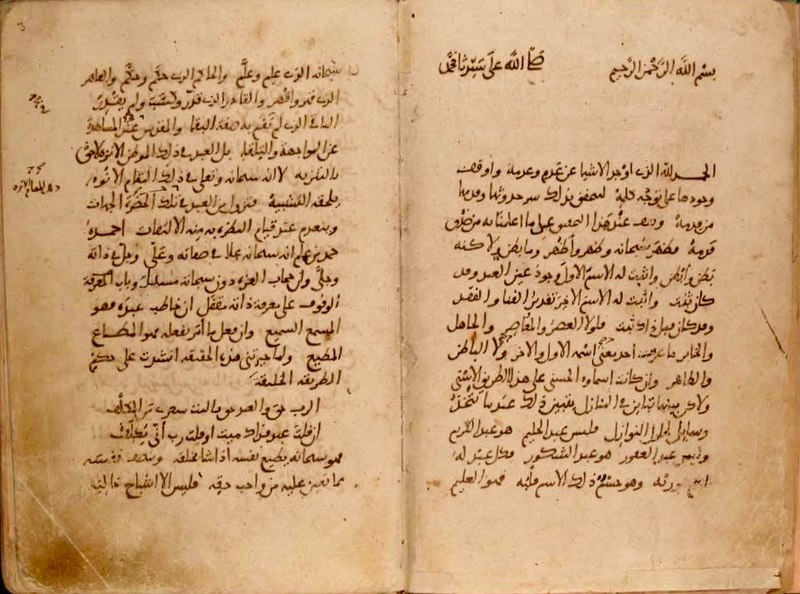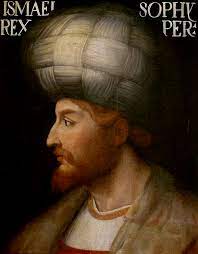When the Minister of Foreign Affairs of the Russian Federation made a joke about the assassinated in July 1914 Archduke Franz Ferdinand of Austria-Hungary, speaking in a press-conference yesterday (28/4/2021), he could certainly not imagine how close he was to a major point and to a critical issue that determined the History of Russia and the History of the Mankind during the entire 20th century.
Commenting on Bulgaria’s ridiculous effort to outperform Czechia in its US-NATO-ordered accusations against Russia, Sergey Lavrov said that he was surprised that Russia had not yet been accused for the assassination of the heir to the Austrian-Hungarian throne on 28th July 1914, an event that triggered World War I. He reportedly stated:
«Хорошо еще, что эрцгерцога Фердинанда пока не мы убили, но судя по всему, к этому идет».
「還幸運的是,我們暫還沒有殺死斐迪南大公,但是看樣子正在朝此發展。」
http://big5.sputniknews.cn/russia/202104281033595202/
“It is good that we have not been blamed for killing Archduke Franz Ferdinand yet, but the odds are that we will be soon, judging by the latest developments”.
https://tass.com/politics/1284221
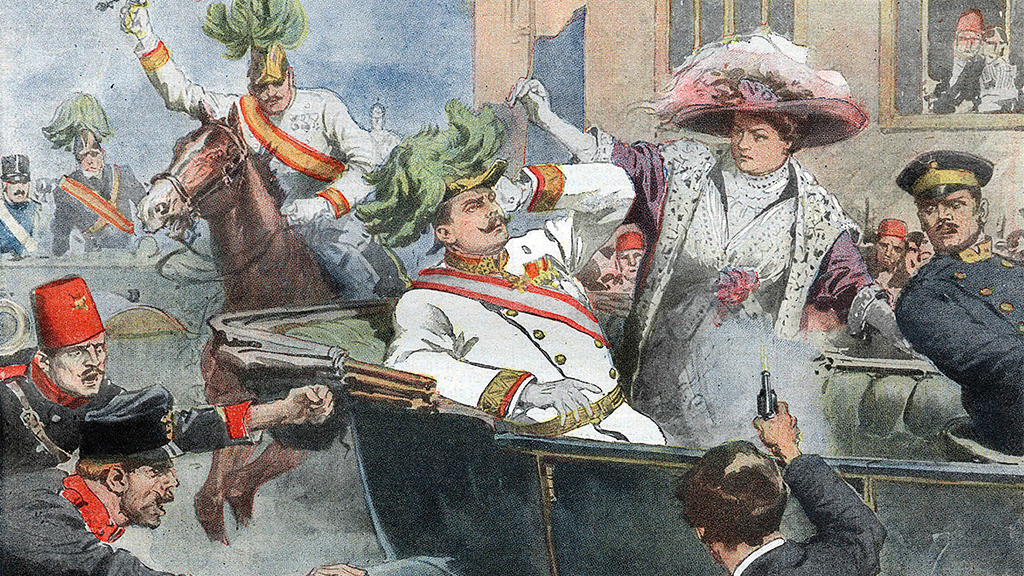
Lavrov
The Russian Foreign Minister’s sarcasm contains an undeniable historical truth known to all and also a great secret identified by very few, which is however the key to understanding Russia’s chances to outmaneuver today the plots of the Western colonial powers against Moscow, Asia and the entire Mankind.
Even worse, Russia today, if we take Lavrov’s words at face value, he seems not to have realized why his vast country
i- lost in the WWI (signing the humiliating treaty of Brest Litovsk, 3 March 1918),
ii- underwent two unnecessary revolutions (in 1917),
iii- experienced an enormous genocide in the first decades of the Soviet regime,
iv- suffered an inhuman tyrannical regime for no less than 75 years,
v- encountered an unprecedented disaster during WWII (27 million people),
vi- became the scarecrow of the Mankind during the Cold War (1947–1991) – only because of the deceptive political Marketing of the Western colonial powers,
vii- met Western ‘sympathy’ during the period of decomposition (1991-2000), and
viii- turned out to be the object of the West’s most malignant propaganda over the past 21 years.
Linking eight very adverse events and circumstances to a critical point that I believe is still unknown to the Russian Foreign Minister, I am definitely convinced that today’s Russia faces serious challenges that Moscow will probably fail to overcome.
Associating today’s challenges put in front of the Russian Federation with a not accurately perceived, not deeply assessed, and not timely identified oversight, I intend to highlight the fact that failing to think out of the box can eventually be suicidal for a country targeted, maneuvered and sometimes utilized for too long.
This is a very long period for a major state, like today’s Russia, not to have duly assessed correctly the evil intentions, the malicious targets, the criminal methods, the perverse nature, and the five-centuries-old plan of the Western world for worldwide supremacy. Even worse, Russia’s future and survival depends mainly on this point that Lavrov and others in Moscow seem not to know.

Archduke Franz Ferdinand
It is widely claimed that the assassination of the heir to the Austrian-Hungarian throne led the Mankind to WWI as we know it. Conventionally viewed, this is true. But it hinged greatly on the specific worldviews, the perceptions, the intentions, the pretensions and the targets that the various rulers, administrations, establishments and headquarters of the major powers had at the time. WWI, as it happened, was not inevitable; it could have been different and it could have had a totally contrasting result. By this I don’t mean that the Triple Alliance could have won the war if the outcome of some battles was other; this development may have eventually been a possibility at the military level, but it is not what I want to state at this point.
In fact, when Archduke Franz Ferdinand was assassinated by a Serb rascal and gangster bribed by the French secret services, it was already too late for negative developments not to follow and very difficult for Russia not to be exposed to an unprecedented disaster as I already mentioned.
However, there could have been a totally different landscape at the level of the imperial alliances of those days (the Triple Alliance, namely Germany, Austria-Hungary, and Italy, which was established in 1882, and the Triple Entente, i.e. France, Russia and England, which was progressively set up in 1984, 1904, and 1907). And this eventuality would certainly impact greatly the ‘Great War’, which was also known -first expectantly and then sarcastically- as “the war to end all wars”. But this possibility seems still unknown and unfathomable to the Russians. This situation is not merely a history lesson discussion; it directly concerns the very way Russian diplomats, academics, military, and statesmen perceive developments and view today’s ‘world politics’. As such, it prevents them from seeing out of the box, thus becoming a real danger for Russia’s future.
An alternative reading of the event can however demonstrate that the successive disasters Russia experienced over the past 107 years, starting with 1914, would not take place, if czar Nicholas II did not follow similar, conventional stances and approaches to the foreign relations of his vast empire.


Czar Nicholas II
Surrounded by untrustworthy and villainous Freemasons whose total commitment and absolute dedication were directed only to the disreputable Apostate Lodge that they served, cheated by his ministers and prime ministers, confused by academics and diplomats, the last of the Romanovs did not have one minute to concentrate on some basic realities of his days, which were easily ostensible to every objective, neutral and unbiased observer.
Controlled by the three evil, anti-Christian forces, namely the Societas Jesu (Jesuits), the pseudo-Freemasons, and the Ashkenazi Khazarian Zionists, the criminal and inhuman colonial states of France and England could not possibly be allies for the Orthodox Christian Russia, which functioned (or at least pretended that it did) as the Third Rome in full continuity from Rome and Nova Roma – Constantinople.
At the level of colonial expansion, England’s intention to advance from Egypt to Palestine opposed the czarist Russian dream of liberating Jerusalem from the Islamic Caliphate. And France’s well prepared colonial expansion in Algeria, Tunisia, and Morocco and the parallel French infiltration in Lebanon, Syria and Mesopotamia showed clearly that Paris too opposed Russia’s drive toward the Southern Seas.
More importantly, at the very level of their true nature and identity, France and England constituted Satanic empires that intended to profane every land they occupied, corrupt the morals of the nations they colonized, and distort the local wisdom everywhere by replacing it with their inhuman, monstrous, and pathetic narrative, premeditated historical falsification, and arbitrary, absurd and unproven sciences.

For Czar Nicholas II, it would certainly be better, if the Ottomans occupied Jerusalem and the Christian Holy Lands longer and until Russian soldiers could reach Palestine instead of the pseudo-Christian English and French desecrating the soil where Jesus and the Biblical prophets walked in the past.
As a matter of fact, it is very clear that Czar Nicholas II, canonized in 1981 by the Russian Orthodox Church abroad and in 2000 by the Russian Orthodox Church in post-Soviet, Republican Russia, would never accept that the Ashkenazi Khazarian pseudo-Jewish Zionists of his own realm moved to Central and Western Europe and thence to North America only to later occupy and desecrate the Christian Holy Land. Had he known that, the last of the Romanovs would have never allowed them to move out of Russia.
On the contrary, despite secondary interests conflicting in parts of Southeastern Europe (mainly the Balkan Peninsula), Russia, Germany and Austria-Hungary shared indeed many common interests in several parts of the world. The colonial expansion of England in India was an embarrassment for the Russians and the Germans alike. English and French infiltration in the Ottoman Empire did not bode well for either Berlin or St. Petersburg; it opposed the German Drang nach Osten concept as for instance materialized in the historic project of the Berlin–Baghdad railway (Bağdat Demiryolu / Bagdadbahn). And it countered the interests of Russia in the Great Game that was being unfolded in Central Asia.
Much more united Russia and Germany in 1900-1914 than divided them; this is the down-to-earth reality that the Paris, London and Washington D.C. rascals tried to hide from the eyes of Saint Nicholas II. Establishing an alliance between Germany, Austria-Hungary, the Ottoman Empire, and Russia would be highly beneficial to all member-states.
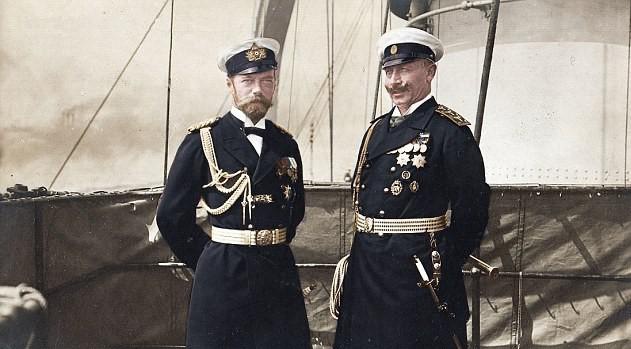
By agreeing to respect the common borders of the four empires, the Germans would turn a great part of their army to the West against France and thus ensure a speedy victory over the capital of Darkness, Barbarity and Inhumanity, i.e. Paris, and then surely achieve the much needed, permanent dissolution of the rebel state that caused bloodshed and turmoil in Europe. It should be clear to the Russian czar that the fake nation ‘France’ had to be split to Brittany, Occitania, Euskadi (Bask Land), Catalonia, Corsica and that the other half of the territory should be placed under German imperial authority and re-educated on the basis of true, Christian values.
By virtue of the same agreement, the Austrian-Hungarians would solve, once for all, the ‘Serbian’ problem and agree with the Ottomans as regards their common borders in the Balkans. Peace would then prevail in Southeastern Europe, Muslim-Christian fraternity would predominate (as it happened under Austrian-Hungarian imperial rule; the following presentation is highly biased and falsified, but one can find valuable sources: https://en.wikipedia.org/wiki/Anti-Serb_riots_in_Sarajevo and https://en.wikipedia.org/wiki/Assassination_of_Archduke_Franz_Ferdinand#Consequences), the Macedonian nation would not be exposed to genocide, and the Albanian nation would not be forced to unreasonably and unjustly split into so many pieces and countries or provinces (Greece, Albania, Macedonia, Kosova, Montenegro, and Occupied Sanjak in today’s Serbia).
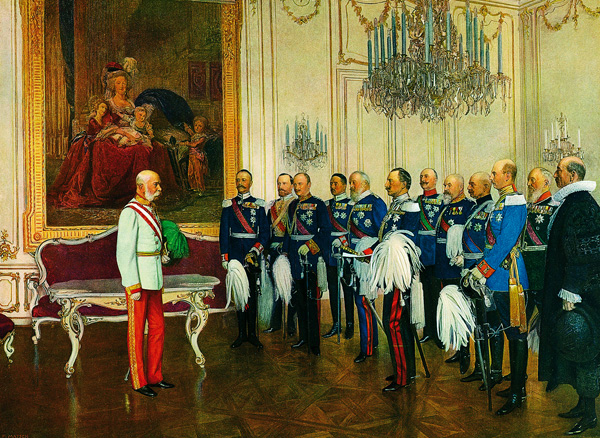
Similarly, thanks to this quadripartite agreement, the Ottoman Empire would not need to keep major forces in the East (opposite Czarist Russia) and in the Balkan Peninsula (against the orchestrated alliance of the colonial puppet-states of Romania, Serbia and Greece); instead, the Sultan could prepare and dispatch an enormous army to liberate his lost provinces of Egypt and Sudan from the English colonials. One could certainly expect that one enlightened military officer, like Kemal Ataturk (https://en.wikipedia.org/wiki/Military_career_of_Mustafa_Kemal_Atat%C3%BCrk), would overthrow the obsolete monarchy at a later stage, thus modernizing not only Turkey but the entire territory of the Ottoman Empire in 1914, plus Egypt and the Sudan. Nonsensical, self-destructive, and colonially prefabricated ideologies like Pan-Arabism, Political Islam, and Wahhabism would be obliterated and forgotten, whereas Islamic Terrorism would never occur.
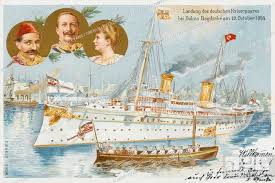

Last, Russians too would enormously benefit from the agreement, because they could remove most of their armies from the German, Austrian-Hungarian and Ottoman borders and progressively establish an enormous military base in Central Asia from where they could launch an overwhelming attack against the fabricated pseudo-kingdom of Afghanistan (allowing Qajar Iran to occupy its Western parts) and the English colonies of India. Sending 5 million Russian soldiers to the Indus River valley would constitute the dead end of English colonialism.
After the elimination of France in Europe, the destruction of the colonial puppet Sultanate of Egypt in Africa, and the obliteration of the ‘British colonial India’ in Asia, Germany and Russia could disembark millions of soldiers in England, liberate Scotland, Wales and Ireland, and put the tombstone on the world’s most abnormal, most villainous, and most criminal state.

The imperial agreement would be easy to reach and very possible to materialize. But to conceive it in the first place, the Russian royal family had to be void of identity misperception and historical biases.
Putin
The same situation that Russia experienced before the outbreak of WWI prevails nowadays; it looks like the few major players only changed national names: 1914 Germany is 2021 China, 1914 England is 2021 USA, and so on. Having an imperial ideal, while consolidating a republican state, is dangerous and risky. Putin and the entire Russian establishment must act cautiously, and -more importantly- they must perceive Russia’s real identity and position accurately. In other words, today’s Russians must avoid committing the same –lethal- errors that the idiots of Political Islam make in Ankara.
Having as paradigm an already failed, defeated and fallen empire, like Czarist Russia and the Ottoman Empire, can be suicidal for a state today. Before eventually admiring a defunct state (an attitude that can be purely absurd), one has to first understand the mistakes committed by the state in question and criticize the past rulers, thus fully exposing their errors, wrongdoings and oversights. Idealizing Czarist Russia and the Ottoman Empire constitutes a very self-destructive attitude that directly and plainly testifies to total ignorance, confusion, sick sentimentalism, pathetic academics, uneducated elites, counter-productive and brainless peoples, and governments at the brink of nervous breakdown.
For educated, intelligent and realist rulers, administrations, and elites, none of these empires can be possibly a paradigm today; this is one point. But there is another dimension: the historical territories, cultures and faiths, the spheres of past influence and radiation, and the expansionist tendencies of those, now defunct, empires may eventually become reasons for close examination, unbiased study, identification of valuable points, and selection of conclusions. Consequently, after an exhaustive error analysis, one may be able to identify first, occasions in which the historical empires-paradigms failed to timely act or correctly react and second, where their elites and rulers failed to think out of the box. In brief, Czarist Russia and the Ottoman Empire are good only to study, analyze and avoid their mistakes.
In this regard, issues of Weltanschauung, cultural integrity, historical self-perception, moral values, cultural standards, national education, and identity definition matter as much as arms race, advanced technologies, and groundbreaking, innovative weapons. That’s why truthful historiography, correct perception of the historical identity, and thinking out of the box matter greatly: the point is not to invent, test, produce and possess an unbeatable arsenal of advanced weaponry; the point is to know when you can effectuate a preemptive strike and a devastating first-strike attack that will permanently prevent your enemy from retaliating.
This means also that foe identification is crucial and that no country can win a war without having first identified the nature, the intentions and the targets of their enemy. Nicholas II failed to identify how evil the nature of France and England was.
The last of the Romanovs was unable to understand that his fake ‘allies’ wanted only to use Russia as expendable material until they staged the events which later dragged the United States (only beneficially for Paris and London, but detrimentally for Washington D.C.) into the Great War. The value of Holy Russia (Святая Русь), for Nicholas II’s mendacious English and French interlocutors, duplicitous friends, and scheming, hypocritical and malicious allies, was that of a worn out pair of shoes. They did not give a damn of Nicholas II, his empire, and his faith.

Putin must not therefore make the same mistake, because he will pay it with his own death and with the final split and partition of Russia. The intentions of the Western colonial powers (and of the secret forces behind the Western governments) against Russia are identical with those that they harbor vis-à-vis Turkey, Iran and China: infiltration, destabilization, decomposition, and replacement by small puppet-states engulfed in permanent wars against one another.
The Western colonial powers want just to turn Russia to an enormous Somalia, China to a colossal South Sudan, Iran to a huge Syria, and Turkey to vast Yemen.
There cannot be and there will never be ‘peace’ with the criminal forces of the evil, inhuman and degenerate Western world. Even worse, the present duel will not last for long. The deterioration can be precipitated. Instead of waiting, Moscow and Beijing must find the way to soon be calling the shots.
Pope Francis I
A vicious enemy of Russia is the Jesuit pope of the decayed, demented and deviated Catholic Church. The Anti-Christian pope wants to kill Putin. Actually, Jesuits do not represent Christianity at all; they only impersonate the Christian clerics. For more than 10 centuries, they were the Eastern Roman Empire’s most venomous enemies. For today’s Russian elite -either religious, academic, administrative, military or presidential- it is would be disastrously wrong to consider the evil Societas Jesu as a ‘modern’ organization set up in 1534 and approved in 1540. They constitute the secession of a Benedictine group of monks and the formation of an ultra-radical and extremist Anti-Christian Order very close to the evil Origenist worldview (Origen lived in the 2nd – 3rd c. CE) that John Cassian’s texts (4th – 5th c. CE) instilled on Benedict of Nursia (5th – 6th c. CE); they are a very old Egyptian polytheistic school of evil and malignant spirituality, which created its way into Christianity.
How much Pope Francis I wants to kill Putin is easy for the ruling class of today’s Russia to grasp. Today’s Rome is not Rome; it is a counterfeit pseudo-Rome at the very antipodes of the capital of Constantine the Great. This is nothing new; Justinian I (527-565) realized the extent of the problem and understood the abysmally Anti-Christian depth of the camouflaged Origenist heresy, which made of the old capital of the fallen Western Roman Empire its home; then, the great emperor of the only true Reconquista managed to impose the proper true Roman-Constantinopolitan solution to the Memphitic Egyptianizing polytheism of the Benedictines.
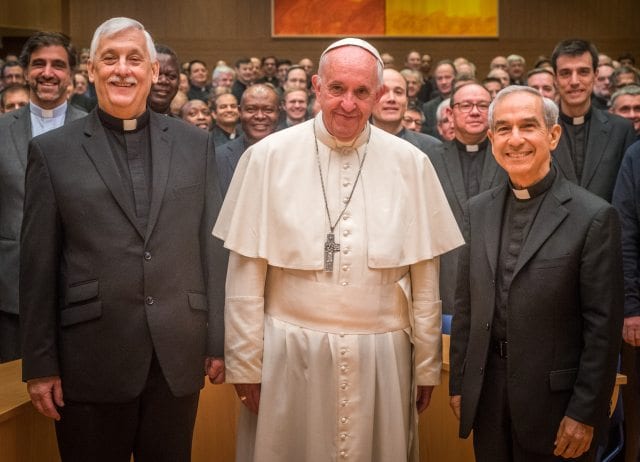
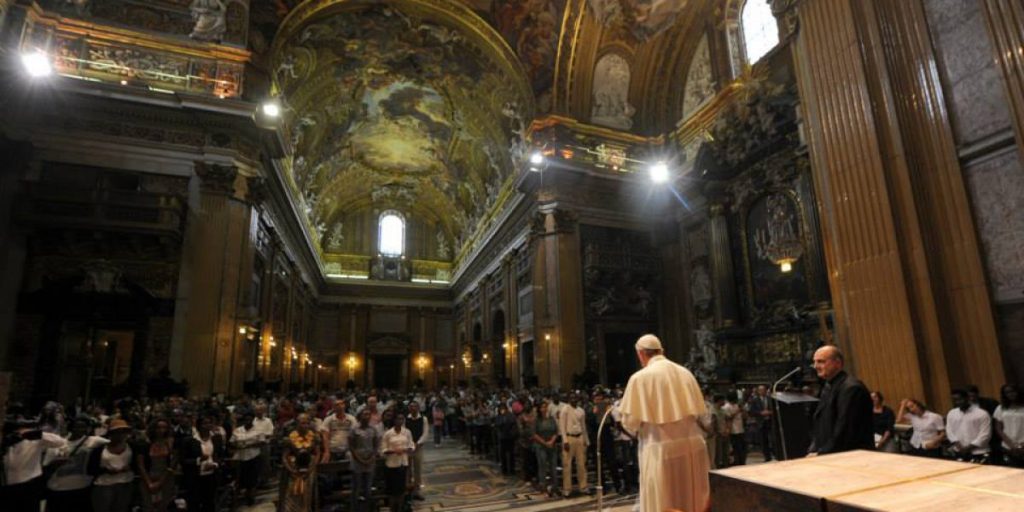
As per Justinian’s orders, for the popes of Rome to be truly Roman Christian popes, they had to be appointed and approved by the Roman Emperor at Constantinople – New Rome. In the extensively biased, Western bibliography, the Constantinopolitan popes of Rome are denigrated as ‘Byzantine Papacy’; the practice lasted from 537 to 752. During this period of 215 years, the Origenist, Anti-Constantinopolitan party of Rome carried out ceaseless plots in order to remove the Christian Orthodox control over the old, in reality defunct, Rome. Rejecting to accept New Rome-Constantinople as the only true Rome and as the imperial Christian capital, the Satanic monks of the fallen First Rome managed – at a time the Eastern Roman Empire was facing internal and external adversities – to achieve independence from the Christian rule (752) and to expand their plots until striking an alliance with the barbarian Frankish realm (800). In fact, the schism between the Orthodox and the Catholic Churches is not a religious affair, but a real matter of worldly governance and an effort of the Benedictine-controlled realm of the Evil to posture as the true original Rome in a fully-fledged revisionist rejection of Constantinople’s Roman authenticity.
For today’s Russian elite, it is wise to always keep in mind a clear distinction between
– spirituality and religion,
– religion and theology,
– spirituality, religion and theology from one side and any type of governance from the other side, politics being only one, lowly and degenerate, type of governance.
Confusing these totally unrelated activities and endeavors of human life is complete guarantee of failure.
The Ottoman Empire failed to function as the Eastern Roman Empire, despite of Mehmet II and his successors bearing the title Qaysar-i Rum (قیصر روم / Qayser-i Rum / Caesar of Rome), and it was swept away.
Czarist Russia failed to act correctly as the ‘Third Rome’, in spite of the fact that ‘Czar’ in Russian (Царь) means literally ‘Caesar’, and it fell to pieces. Jesuits did not have any control over the Freemasons under Kerensky and over the Zionists around Lenin and Trotsky, who brought an end to Imperial Russia. But one major force’s plans can be effectuated not only when in conflict with others’ but also when in superposition to them. About: https://megalommatis.wordpress.com/2017/06/08/zionist-freemasonic-jesuit-agendas-in-conflict-or-superposition-end-times-sequence-trajectories/
In any case, thanks to Alexander Xavierevich Bulatovich (Александр Ксаверьевич Булатович; 1870-1919), who was also known as Father Anthony (отец Антоний), we came to understand that during the last decades of the czarist imperial rule, the Jesuits were not inactive, but secretively lurking and merely waiting in the wings. After studying in the famous imperial Tsarskoye Selo Lyceum and serving the Imperial Guard regiment, Bulatovich was officially dispatched to Abyssinia in Eastern Africa (in the 1890s) where he became closely related to Menelik II and took personally part in various Abyssinian colonial expeditions against several African kingdoms, notably the Oromo, the Kaffa and others. (These events he documented in his books that bear witness to Abyssinian atrocities against many African nations: https://www.academia.edu/43645563/Links_to_my_articles_about_Official_Czarist_Russian_Envoy_Alexander_Bulatovichs_books_on_1890s_Abyssinia_and_his_expedition).



After returning to Russia, Bulatovich became one of the main preachers of Imiaslavie (Имяславие/lit. ‘onomatodoxy’, i.e. ‘Belief in the Name of God’), a Jesuit-inspiration heresy as per which the Name of God is God Himself. In any case, Bulatovich’s patronymic (Xavierevich), which is totally unusual among Russians, fully shows that his family had strong contacts with the Jesuits and that his father was named after a major Jesuit figure, namely St. Francis Xavier. The Russian Orthodox Church closely monitored the theological developments, fully understood the evil Anti-Christian notion of the new heretic doctrine, and mobilized the empire’s military and police forces to dissolve the dangerous movement in 1913. As Bulatovich knew Czar Nicholas II personally, he managed to be offered an audience by the czar and he obtained a sort of rehabilitation for himself and his monastic companions.
The Three Secrets of Fátima
The Jesuit infiltration in Russia failed before WWI, but it would be absurd to imagine that formidable secret organizations renounce to their claims and cancel their agendas. Little time later, the Marian apparitions and the ‘miracle of the sun’ (1916-1917) in Fátima, Portugal, solemnly proclaimed the Jesuit need to ‘consecrate Russia’, after which Russia would be converted to the counterfeit Christianity of the Jesuits and ‘an era of peace would ensue’! That’s why Father Anthony (Bulatovich) had to soon die (in 1919, at the age of only 49), because he was not useful anymore to the Jesuits. Bibliography and historical sources and documentation can be found here:
https://en.wikipedia.org/wiki/Our_Lady_of_F%C3%A1tima
https://en.wikipedia.org/wiki/Miracle_of_the_Sun
https://en.wikipedia.org/wiki/Three_Secrets_of_F%C3%A1tima
https://en.wikipedia.org/wiki/Consecration_of_Russia
https://en.wikipedia.org/wiki/First_Saturdays_Devotion
https://en.wikipedia.org/wiki/Pontevedra_apparitions

The Jesuit threat against Russia is also due to the present model of governance in Russia, which is an evidently unacceptable situation for the Societas Jesu. I must at this point make it clear that Putin or any other similar republican or monarchical head of state in Russia will always be viewed by the Jesuits as a new Justinian I or, if you prefer, as the embodiment of Caesaropapism, an extremely abominable (for the Jesuits) situation that reminds Jesuits of the Constantinopolitan popes. At the antipodes of Justinian I’s practices and laws, the Jesuits and the Anti-Christian Vatican constitute the real epitome of Papoceasarism throughout the ages. This has always been the evil nature of the Counterfeit Rome. More: https://megalommatis.wordpress.com/2020/05/29/29-may-1453-the-most-useless-ottoman-victory/
It may sound bizarre but today Putin (or any other president of Republican Russia) finds himself in exactly the same position in which Mehmet II was, without however understanding it, late in the morning of 29 May 1453. He is viewed -by a formidable force- as the obstacle to the prevalence of the Origenist-Benedictine-Jesuit pseudo-religion, which in public only is covered under Christian theological camouflage. As the Jesuits attempt nowadays to effectuate their final assault, the time draws nigh. The ‘consecration of Russia’ has nothing to do with religious, papal acts like for instance the notorious Apostolic Letter of Pope Pius XII ‘Carissimis Russiae populis’ (7 July 1952); it will take the form of ferocious events that will irreversibly dismantle today’s Russia in every sense, also eliminating the country’s remarkable arsenal of conventional and nonconventional weapons.
I don’t mean that these events will ultimately occur; but they have been prepared. It is up to the rulers of Russia to allow these events to happen or to prevent and cancel them. However, there is no middle-of-the-road solution to this; either Russia will destroy the Jesuits, their stooges and structures or Russia will be decomposed and destroyed like the Eastern Roman Empire and the Ottoman Caliphate. However, one issue is very clear when it comes to Societas Jesu; they are not as ignorant as the US administration to take China as their main opponent and to consider Beijing as the basic obstacle to their worldwide predominance. According to their considerations, China’s Christianization will prove to be far easier an achievement than Russia’s ‘Consecration’. Again, I don’t mean that they will be proven correct. This is up to their opponents…
The Three Secrets of Fátima cover a great number of visions that pertain to several topics; of course, it is a matter of interpretation because anyone can see apocalyptic visions without however being able to specify their real meaning and to identify the moment of materialization of the acts that the vision reveals. The secrecy that covers several documents testifies to hesitations and tergiversations attested in the decision-making circles of a formidable organization like the Jesuits. The ‘Consecration’ of Russia is linked to tragic and disastrous events that will follow, and which will bring about the destruction of Rome and the dissolution of the Catholic Church. When representatives of the highest ranks of the Catholic Church attempt to establish a link between the Third Secret and various unfortunate events, like for instance the assassination attempt on John Paul II (13 May 1981), what they try to do in reality is to offer a well-known substitute for an unknown disaster of disproportionate dimensions.
The Permanent Error of Russia
Within the bright halo that must now surround his head, if we accept that Nicholas II Romanov is truly a saint, the last of the czars probably regretted for the naivety with which he dealt with human affairs, evil schemes, and anti-Russian colonial plots. He may have also repented for not saying the Truth always. This may have saved his soul, but it is surely insufficient to rescue Russia from today’s exceptionally difficult position in which the Kremlin potentates may find themselves so that Foreign Minister Lavrov wonders in public whether Russia is going to be blamed for killing Archduke Franz Ferdinand.
This situation must change fast, if the Russian government does not want to experience the most dreadful challenge that they ever met. This is not the place to come up with suggestions, because this was not the scope of the present article. However, everything starts from a point and the salvation of Russia starts only from the Russian identity; if some people call it the ‘Russian soul’ (Русская душа), they may be right, but the pro-Western lies, doctrines, theories, propaganda and false historiography must then be removed at once. Too many falsifications, conventional needs, and compromises that took place over several hundreds of years play now a calamitous role, and they must therefore be removed as soon as possible. Russians did not come until now to truly know their soul, and they surely did not look it straight in the eye. Starting with Peter I (Пётр I; 1682-1725), there has always been a pro-Occidental party among the Russian elites. This is the main reason for all the adversities that Russia encountered during czarist, soviet and republican times. This party brings Death to Russia; it must disappear.
The only way for Russia to survive is a matter of rediscovery of the historical truth and incorporation of neglected components whose absence only distorts the ability of Russians to achieve proper and pertinent self-identification. Russia was never a Western state, a Western land or a Western society. Russia was always an Oriental Empire; either its truths will be spelled out, its illustrious moments will be accepted as such, its cultural quintessence will be reassessed, and its moral values reinstated or the land of many concealed truths will fall apart. As a determined rejection of the Western World, Russia will calibrate its defense, solidify its internal front, and also strengthen its alliances. Then, no one will care whether Russia is going to be blamed for assassinating … Julius Caesar.
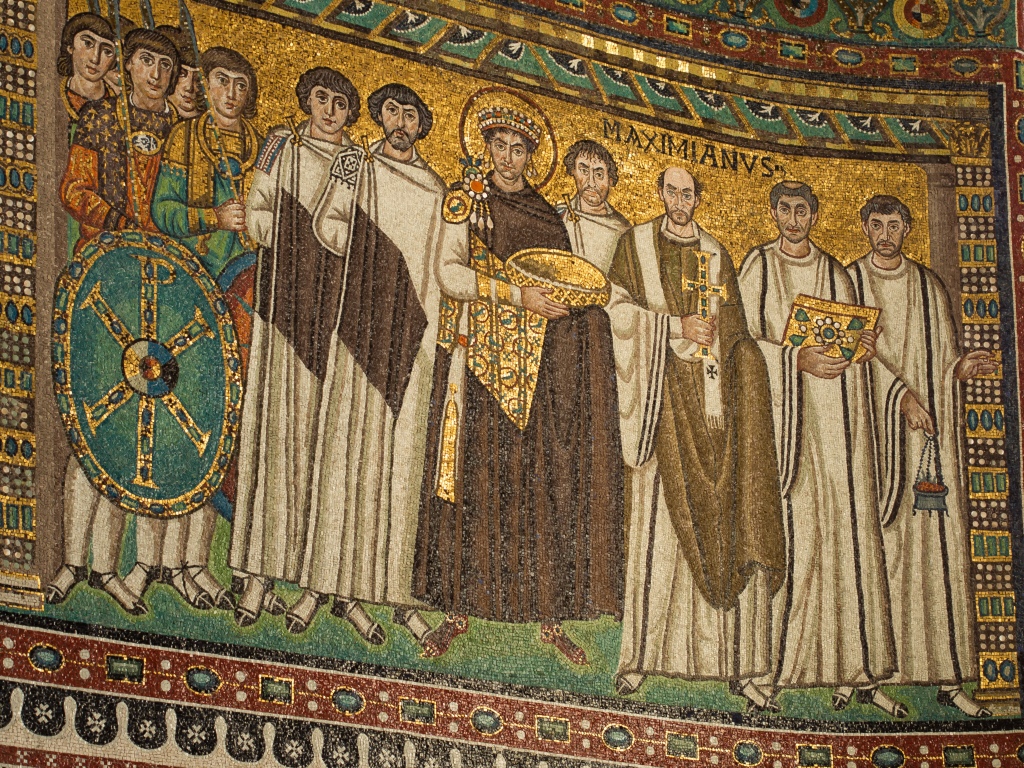
——————————————————————
Download the article in Word doc:

